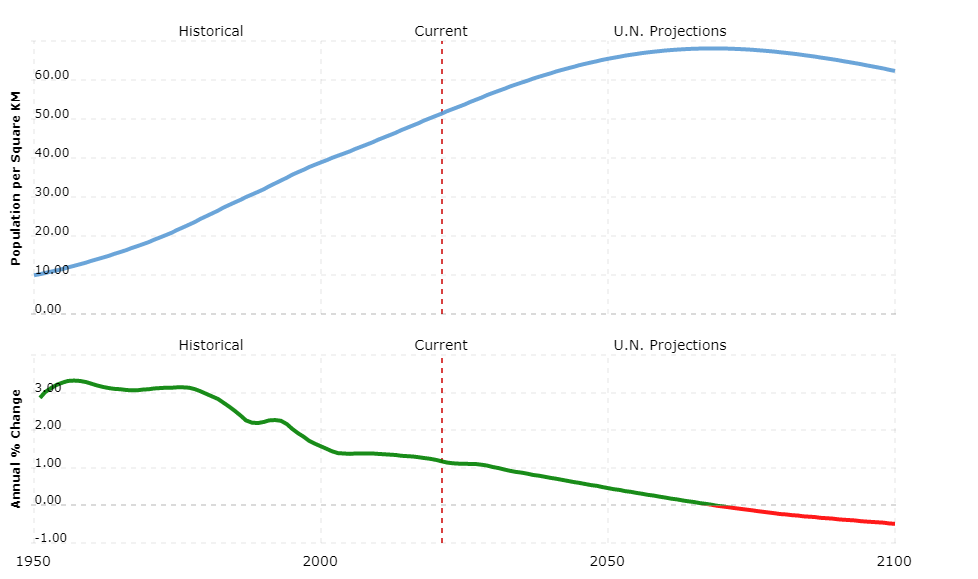Nicaragua Overview
Official language Spanish Capital Managua Form of government Presidential Democracy Area 129,779 km² Residents 5,470,000 Currency Cordoba Time zone UTC −6 License Plate NIC Internet TLD .ni Telephone area code 00505 (Source: ALLCITYCODES) Geography The Republic of Nicaragua is located in Central America and borders Honduras in the north, the Caribbean Sea in the east,… Read More »
